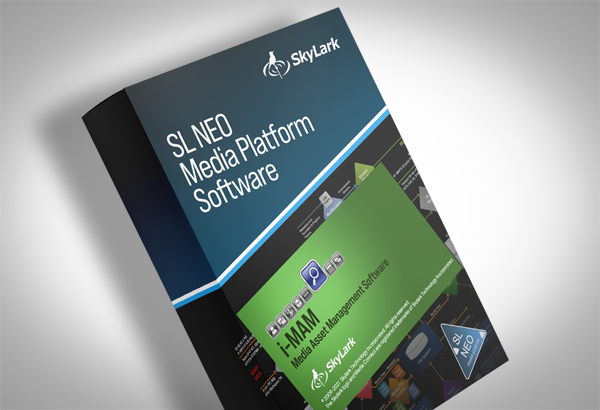A modern content archive cannot exist autonomously within a TV company — in addition to it, an integrated content management subsystem is needed that should automatically perform a number of tasks to capture and place materials in the archive (ingest), move them between departments, transcoding, interact with the editing (production) complex, with the broadcasting platform and media planning system. This system is designed primarily to automatically perform operations with archive materials according to certain scenarios.
The hardware and software system that has the functionality to store, catalog, search, transcode and automatically move content is called MAM (media asset management system).
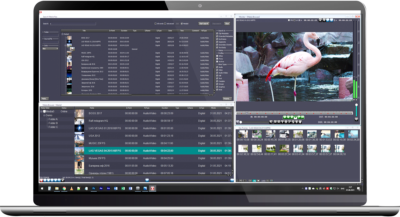 SkyLark presents i-MAM, a comprehensive content management system that enables cataloging, storage, search and management of media and metadata. The software — client and server, which defines the functionality of the system, is integrated in the basic technological processes: capture/ingest (multi-channel recording, file import), cataloging, search, browsing, production (NLE), content delivery (automated broadcasting — playout).
SkyLark presents i-MAM, a comprehensive content management system that enables cataloging, storage, search and management of media and metadata. The software — client and server, which defines the functionality of the system, is integrated in the basic technological processes: capture/ingest (multi-channel recording, file import), cataloging, search, browsing, production (NLE), content delivery (automated broadcasting — playout).
The i-MAM system is designed to be used in a unified technological cycle of television production and broadcasting, including the TV news production.
The i-MAM is based on the Media database subsystem, which contains descriptions (metadata) of the materials-objects, a set of standard and user-created attributes. Using the database solves the problem of assigning objects to categories with the possibility of belonging an object to many categories at once.
Puting materials into the archive is possible in several ways: recording from tapes and external sources, manual and automatic file import, registration of existing files in the repository without copying. In any of the above cases, proxy copies are created to provide network multiuser access to content.
Purposes of the SL NEO i-MAM system:
- quickly find the whole material from the text metadata;
- find one or several fragments of the material, export the corresponding files to the station for further editing (with or without transcoding);
- to edit a story by proxy-copies found by search in the built-in NLE-editor of the system, to export the full-res copy;
- find and select materials for the broadcast, preview them;
- control the process of automatic copying of on-air materials from the archive to the servers responsible for on-air playback.
An unlimited number of description fields can be «attached» to materials, the metadata schema can be formed independently, which provides the ability to produce the most detailed description (cataloging). The search system allows you to search for materials and their fragments by metadata fields, media files are managed by client applications within the local network.
The system is integrated with all servers of the SkyLark SL NEO product line and with external traffic systems: Broadview, Provis.
Elements of a complete content management solution:
- DAS and NAS — disk and tape file content storage;
- SL NEO platform DB servers with descriptive metadata, proxy copy storage;
- software for recording and automatic importing of media files;
- software for automatic movement and transcoding of file content;
- client software for recording management, importing, allowing cataloging, searching, viewing, exporting materials and fragments.
i-MAM contains all the necessary functionality for archiving, cataloging, storing and searching:
- Multi-channel recording (ingest) from external lines and VTRs, thus creating new archive materials;
- Automatic and manual movement (import) of completed in production and «source» file materials into the archive from NLE and other sources;
- Proxy generation in parallel with the recording and importing of files;
- Support of the most widespread codecs and containers, transcoding if necessary;
- Cataloging (input of text descriptions of materials) for different categories: time and place, authors, participants, roles, legal, technical and other information;
- Possibility for users to independently change and add new categories for descriptions of materials;
- Formation of a collection of key frames for each material and their text description;
- Convenient and quick search, viewing materials on client sites with full Russian language support;
- Integrated set of codecs in the server and client software;
- Easy installation, selection of materials, fragments and their export;
- Delimitation of access rights to the system resources, protection against hardware failures, reservation and backup of descriptive information stored in the database;
- Integration with NLE at file level, support for common containers (avi, mov, mxf, mp4, …) and codecs;
- Integration with SL NEO platform broadcast servers (automatic copying of materials from the archive «under playlist»).
SkyLark SL NEO i-MAM as a base, uses Adobe XMP (eXtensible Metadata Platform) metadata schema — a technology, allowing the formation of text meta-descriptions for media files. The descriptions can be stored either in the central database of the archive system or directly in the media files themselves.
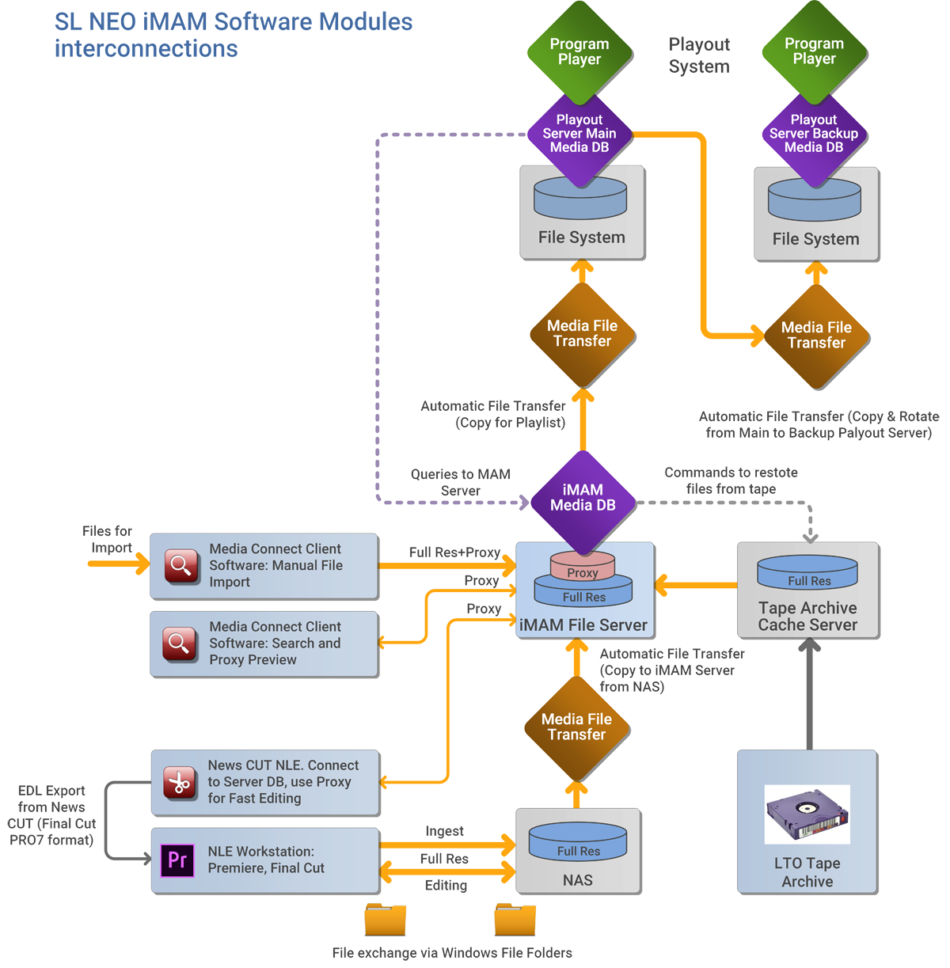
SkyLark storage and content management solutions meet modern technological requirements, use state-of-the-art equipment: disk arrays, high-performance server platforms and software integrated into a single system. As a rule, the storage system is configured for specific functional and technical requirements of the customer.
Base Software Modules
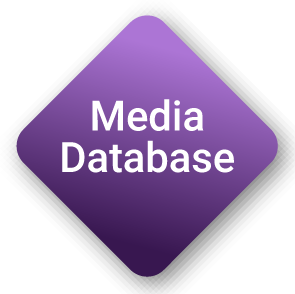
- Provides network clients with access to Full Res or Prox files and the metadata describing the material.
- Media Database stores the metadata schema and the text descriptions themselves, keeps track of the contents of disk arrays, performs indexing of newly added files, and allows differentiation of user rights.
- iMAM uses the Adobe XMP metadata schema. Descriptions can be stored both in the archive system database and in the media files themselves.
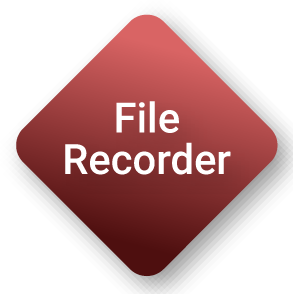
- File formats and compression algorithms provide full compatibility with nonlinear editing systems. TC reception is performed in LTC or VITC formats.
- When recording by rec-sheet, VTR is controlled by the SDI matrix switcher. Access to the material for viewing, editing and playback is provided in 1 sec. after the start of recording.
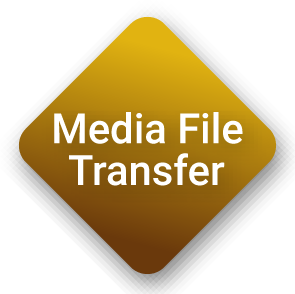
- Provides transcoding and moving media and metadata files between file servers and SL NEO media servers, NLE stations, workstations).
- The main task of Transfer Manager is to move and collect content to file servers, archives, as well as to playout server storages for further playback.
- Transfer Manager can automatically collect content from multiple remote file sources and can work depending on playout lists or independently.
- Automated operations: import, export, move files between file servers, archives, production systems and storages of SL NEO servers, with the ability to configure moving rules, proxy formation parameters and media conversion parameters, including transcoding files when copying/moving them — change codec, file container, HD/SD UP/DOWN/CROSS conversion with adaptation to motion, change frame rate, change Aspect Ratio, normalization and change sound level,
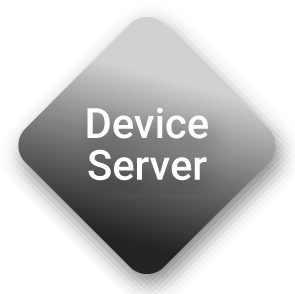
- The tape library driver provides a command interface between the SL NEO Media Database platform and the tape library management software.
- Commands and functions are supported for archiving, unpacking data, getting information about tape library status and job progress.
- Integration with tape libraries is performed at the file system level, which is emulated by the library management software (Xendata, IBM Tivoli etc.) Working with the standard Windows network protocol (CIFS) for file exchange does not bind the user to any particular tape library.

- Displays the contents of the i-MAM server repositories to which you are connected, directly interacting with the Media Database server modules. Displays metadata fields and keyframe collections for each material. The search window provides a wide range of functions for searching materials and their fragments by metadata fields, date, time, location, persons, etc.
- You can import media files into the repositories, add descriptions, set their «lifetime,» export the content and its fragments: graphics, animations, audio and video materials, graphics compositions made in the Graphics Client, XML clips, as the results of editing in News CUT. Media data management also includes services to manage the list of import tasks, the ability to transcode materials, creating proxy.
- Data management in the SL NEO environment is implemented as a virtual file system, which combined with a friendly interface allows you to quickly find the necessary material, view it in a separate window in proxy or full resolution, mark up the desired fragments, save them, export, edit descriptions.
